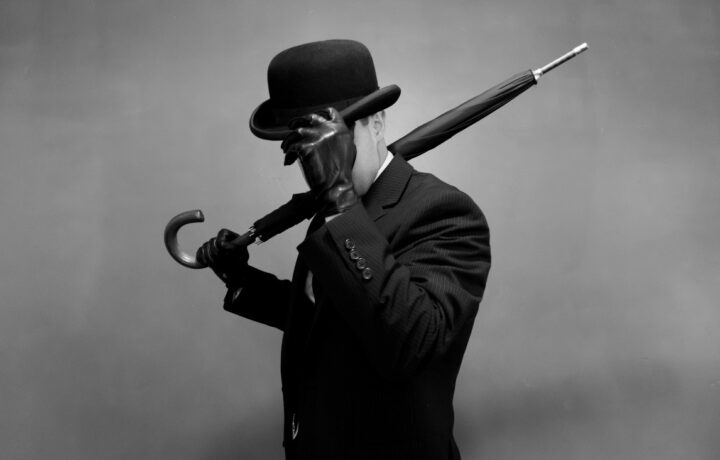Often those of us who protect cleared projects don’t understand what drives certain higher-up decisions that affect our actions. We might know the significance of our project, to be sure, but we don’t see the bigger picture of how foreign influence affects it. This is especially true in the area of scientific expertise. It pays to study how scientific analysts see our programs, the better to know how to defend ourselves.
A recent publication by former Marine Lester Paldy, now a revered academic and CIA advisor, is titled ‘No Cloak, No Dagger’. He tells of his decades counseling CIA operatives and officials on arms control treaty compliance and possible cheating, by first the Soviet, then the Russian governments. He shows us how analysts assess opponents’ programs and defend our own. We who must consider scientific applications to our projects would do well to consider what he offers from his experience.
We all read about the actual spies working for the CIA. They are the recruited agents who steal foreign secrets. How do those agents know what to look for, what to ask about? What, when they are collected, is done with those secrets? Professor Paldy explains what happens to such information. He explains what technical advisors such as he and his colleagues do. His contributions are outlined in readable, clear, and explanatory measures for someone not conversant in Nuclear Arms Negotiations. Such an example could be applied to any technical program, once a skilled scientist is brought on board.
It was during the turbulent Gorbachev years that Professor Paldy rendered especially invaluable service. The CIA realized they needed outside expertise to verify compliance with international treaty agreements. Do we not all find ourselves needing professional consultations?
The United States and the USSR were finally in accord toward the end of a long Cold War. Treaties governing the use of nuclear power were central to this concord. How would America determine if Russia was in compliance, or finding scientific ways to cheat? Could they, for instance, hide tests from overhead coverage by the simple expedient of secretly digging vast underground caves? How would we even know if there were secret attempts to lie about capabilities? Reading about what Paldy reveals about inspection rules alone is fascinating.
Invited as a visiting scholar at CIA Langley, he became the go-to man whose awareness of nuclear-related information was essential. He was asked questions all related to non-proliferation goals but beyond the ken of his non-technical colleagues. He’d be asked if some piece of equipment was capable of biological employment, or indeed had nuclear applications. Simple definitions were often critical so that his colleagues could review information from the field more easily. On again, off again he traversed academia, then the CIA, over years of treaty compliance reviews and conferences. At such conferences he often incurred the general idea among scientists; that science has no country. Remarkably, this generality seemed to apply in numerous venues, although counterintelligence concerns were always to be considered. We note wryly his discovery that a private note he left in his hotel room after a day at a conference was referred to the next day by an East-bloc attendee. Nothing from intelligence collection tricks, which Paldy notes were directed against him, has changed since the end of the Cold War. Of course, we should add that though the tricks are the same, the technology to steal one or another professor’s information has increased exponentially. Anyone reading this book will note all this for future briefings. His explanations of how his briefings made his colleagues more security conscious, and his operatives more scientifically adept, are truly rewarding. Paldy was also adept at citing if a foreign colleague might have further interests to be explored. He noted to a colleague, for instance, that there was little difference between nerve agents and pesticides. Important to know if you discover either of these facts impacting your studies of treaty reviews. Paldy doesn’t fail the curious reader on the value of expertise. Such odd combinations can be found in any classified project, so asking experts is always important.
Paldy brings us directly into the thought processes of various analytical departments. He demonstrates how allowing more women, for example, into the CIA expanded its distinct abilities to understand our world and its dangers. Perhaps his finest contributions were in expanding the understanding and awareness of scientific facts when he regularly briefed actual CIA intelligence officers. He explained in layman’s terms what they needed to know to properly vet responses they may be in receipt of. Further, his skill in demonstrating to others what critical questions to ask is priceless. Paldy is particularly skilled in summarizing leadership skills required to bring out the best in colleagues, by drawing upon their special abilities and making them cognizant of the value of teamwork. You’ll find this story intriguing. Perhaps more valuable, you’ll feel justly proud to learn how those from varied backgrounds can serve our country well, in concise, clear ways.
Our classified programs will often be so protected for decades. Why not read about how others have protected their secrets, and save yourself the heartache of learning something others have already confronted?




